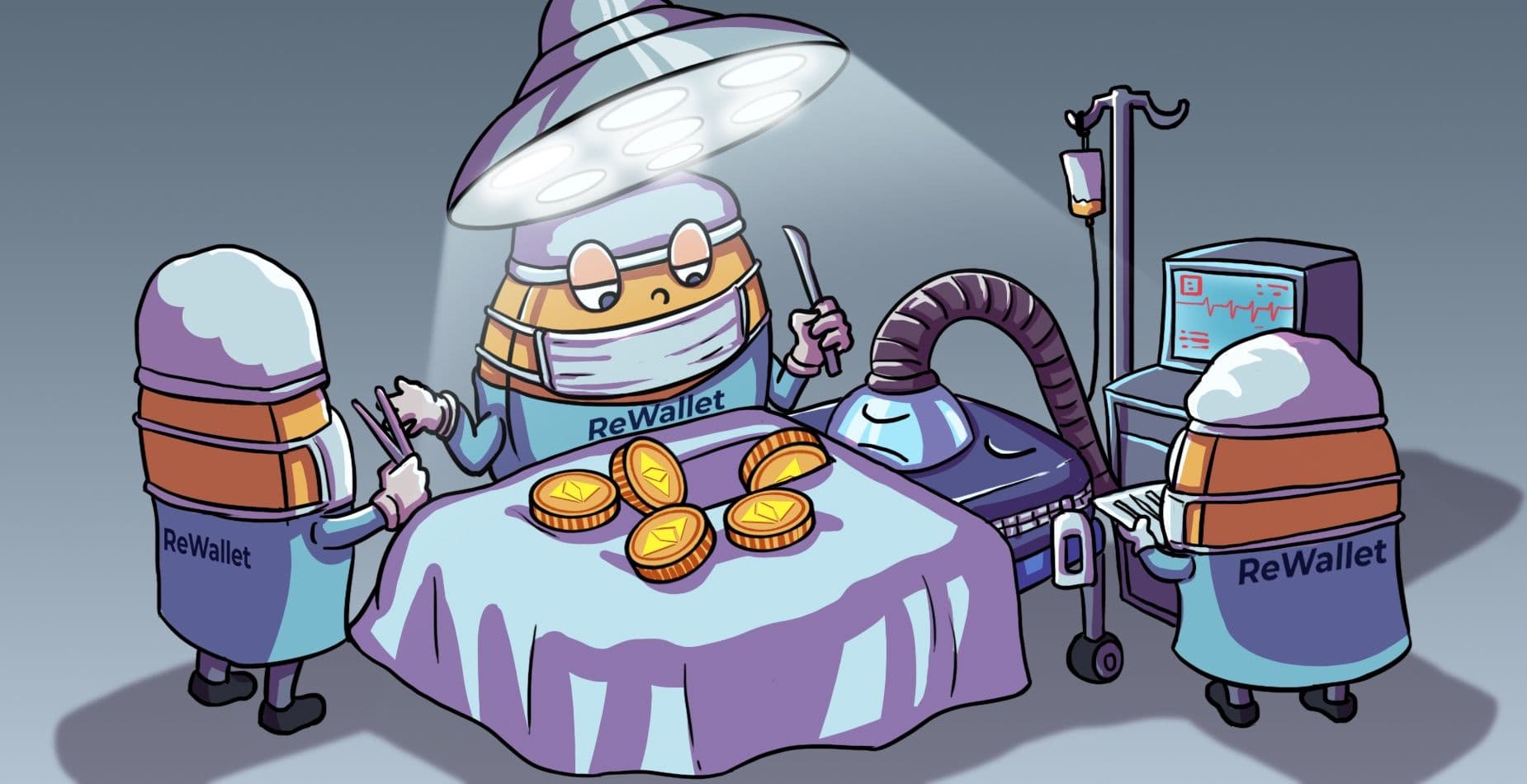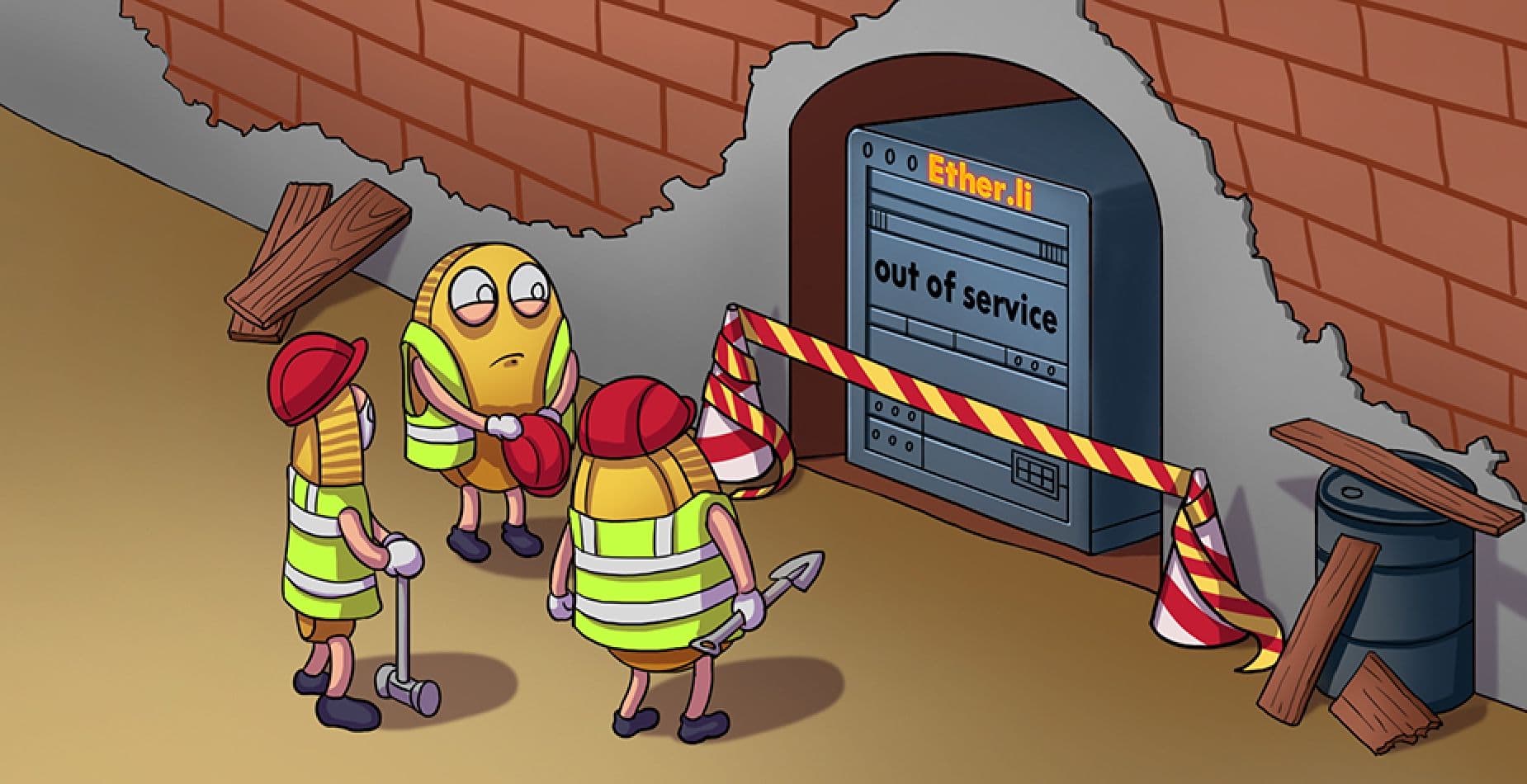Coinbase is in a close race with Binance for the title of the world's largest crypto exchange. The US-based company offers a wide range of products, including the so-called Coinbase Wallet. The popularity of the exchange has a strong pull, which is why Coinbase Wallet is increasingly gaining popularity.
Coinbase Wallet is a standalone product that allows its users to store cryptocurrency on their own, i.e. in a non-custodial way. Therefore, it can be used separately from the account on the Coinbase exchange, which also includes a wallet but does not allow self-storage and has a reduced range of functions.
As the popularity grows, the number of users who have problems also increases. Therefore, with this article, we want to briefly outline what Coinbase Wallet offers, how to set it up and secure it, and how to restore it.
What Is Coinbase Wallet?
As mentioned, Coinbase Wallet is a self-custody solution. The app is available for Android and iOS. However, on PC and Mac there is no installable application since Coinbase Wallet works as a browser extension, similarly to MetaMask.
The wallet is compatible with hardware wallets like Ledger and it is also recommended to use a hardware wallet. Because if you use Coinbase Wallet in the browser, you are subject to numerous potential attack vectors such as phishing.
In addition to interacting with Bitcoin, Litecoin, Ripple and Dogecoin, the software allows you to interact with Ethereum and all EVM-compatible blockchains, such as Avalanche, Polygon, and the Binance Chain. Coinbase Wallet also supports Solana and the associated SPL token standard. In addition to sending and receiving cryptocurrencies, the wallet has its own section for storing NFTs, as well as swap and bridge options. Coinbase also offers the option to buy cryptocurrencies directly from the wallet. Overall, Coinbase Wallet is fully Web3-oriented and is aimed at an audience interested in DeFi, NFTs, and the metaverse.
How to Create a Coinbase Wallet?
Creating a Coinbase Wallet follows industry-standard practices. At the beginning of the setup, you can choose whether you want to import another wallet, such as Metamask or Trust Wallet. If you choose to create a new wallet, the software will generate a seed phrase with a length of twelve words for you.
You must confirm this seed phrase in the next step and should then securely store it. We have summarized how to create proper backups and what to consider when storing backups for you in this article.
After this step, you can choose a username and link it to your wallet. The advantage of this is that you no longer need complex and long addresses, but only the respective name to initiate a transaction. After that, Coinbase Wallet is ready for use and can be filled either by receiving or by buying cryptocurrencies. However, a Coinbase account is necessary for this, which must be authorized beforehand so that it can be linked to the wallet.
How to Restore a Coinbase Wallet?
The recovery is closely linked to the reason for the loss and, of course, also depends on the respective backup strategy. Generally speaking, the following causes can be narrowed down:
- Data loss: Either the data carrier or device is lost or has experienced a technical error.
- Password loss: Passwords are suddenly lost. With Coinbase Wallet, you also lock yourself out and can no longer access the cryptocurrencies stored in it.
- Coins sent to the wrong address: As Coinbase Wallet supports multiple EVM-compatible chains, confusion can occur. For more information on this issue, you can read our dedicated article about Coins sent to the wrong address to get back your coins.
- Seed incorrectly recorded or lost: Sometimes it is done deliberately to protect the seed and in other cases by accident. In any case, the wallet can only be restored with the correct seed.
To initiate a recovery with Coinbase Wallet, you need the seed generated during set-up. Essentially, you repeat the steps for creating the wallet, but at the beginning choose the option to restore.
Then you enter the seed and set a password. Afterwards, all digital assets in the wallet are available again.
What Do You Do if the Recovery Is Not Successful?
In most cases, you will be able to restore your wallet if you have access to the correct seed. If that is not the case, you will need professional help because restoring the wallet can get very complex. ReWallet tackles this challenge with trained and experienced professionals and the use of market-leading software and methods that we have developed ourselves.
Of course, we cannot make general statements about the odds of a successful recovery of your Coinbase Wallet. That would be very unprofessional because we do not know the details of your individual case and every recovery ultimately depends on its specific details.
Based on our previous experience with restoring Coinbase Wallets, there are generally very good chances. If you want to inquire our wallet recovery services, you can easily reach us through our contact form. After answering a few questions so that we can assess your situation, one of our teammembers will get in touch with you. As always, our promise applies: Our success commission is only due if you get your coins back.
Before contacting us, you can already take several measures that can lay the groundwork for further efforts to help you:
- Secure all data carriers on which your Coinbase Wallet was ever installed and make sure no further data is overwritten. If possible, take the devices out of service. Otherwise, create a complete backup.
- If the data carrier or smartphone is defective, you should refrain from attempting repairs on your own and also put the devices out of service.
- Seeds and passwords should be secured – even if they are incomplete – by writing them down, ideally with pen and paper.




